a sideblog for everything i love and find interesting: philosophy, literature, cultural anthropology, folk history, folk horror, neuroscience, medicine and medical science, neuropsychology/psychiatry, ethnomusicology, art, literature, academia and so on. i am an amateur in every subject! this is just for my own personal interest in each subject :)
277 posts
Latest Posts by culturalanthropologist - Page 9




Art by Carl Hasenpflug (German, 1802-1858)
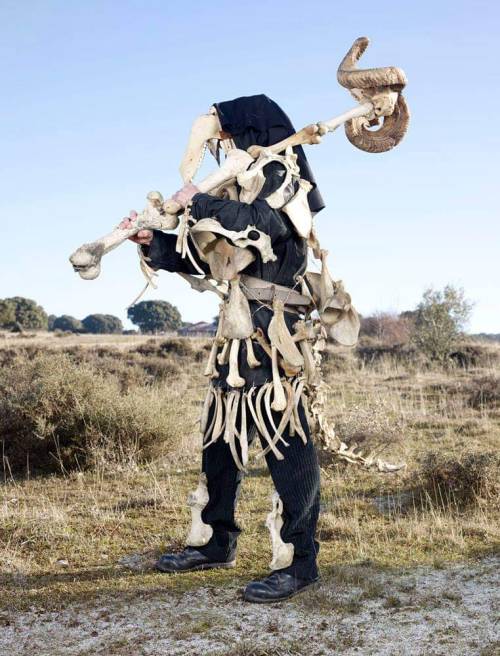
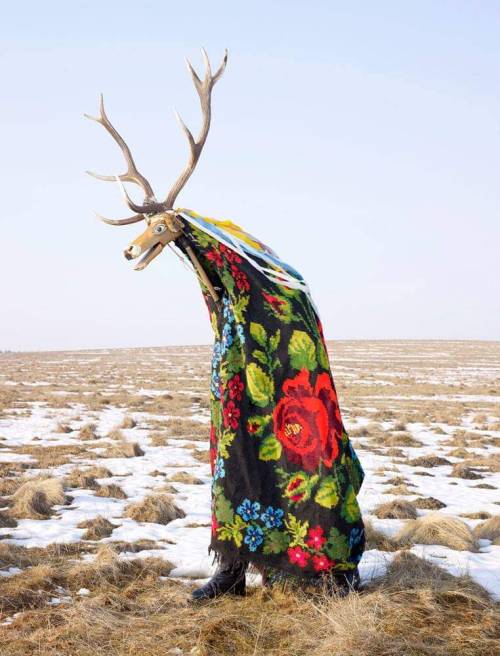
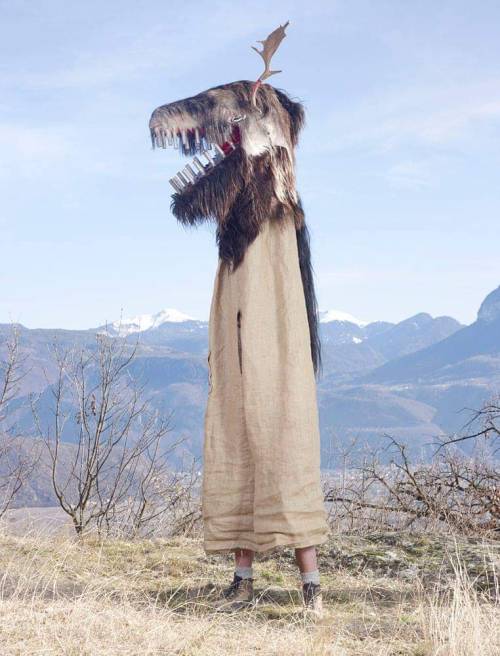



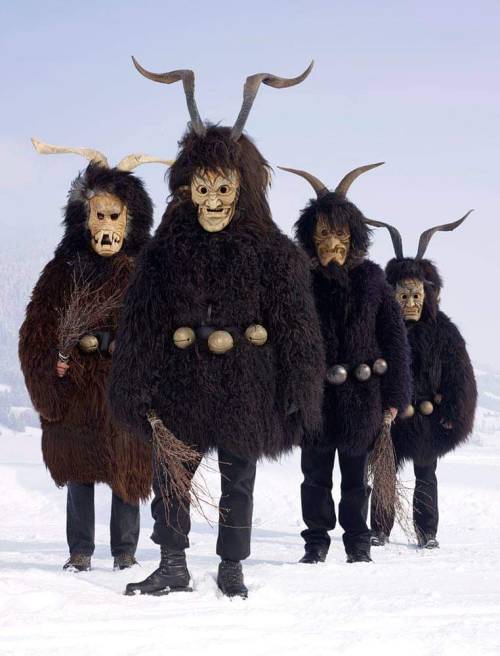
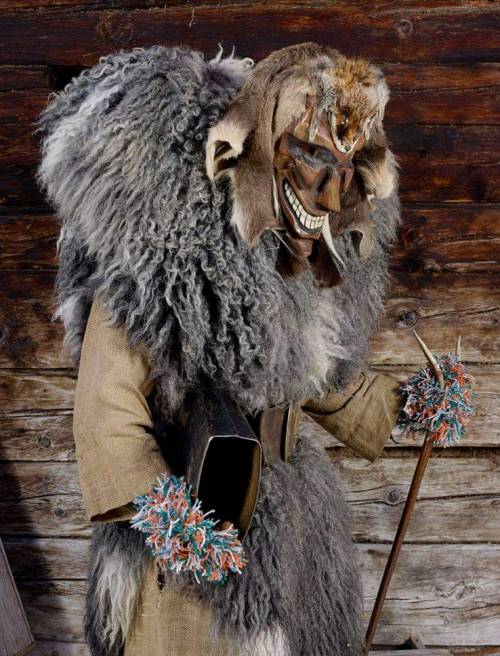


Traditional European Christmas time monsters, photographer across the Europe by Charles Fréger.
what differs god from the devil? what differs the son of god from the antichrist? what differs extraterrestrial life and aliens from god?

It’s always fun to be reminded how recent European national identities are. Peasants in 1860’s Sicily had never heard the term “Italy” before, the majority of people in France didn’t speak French at the time of the French Revolution, etc.
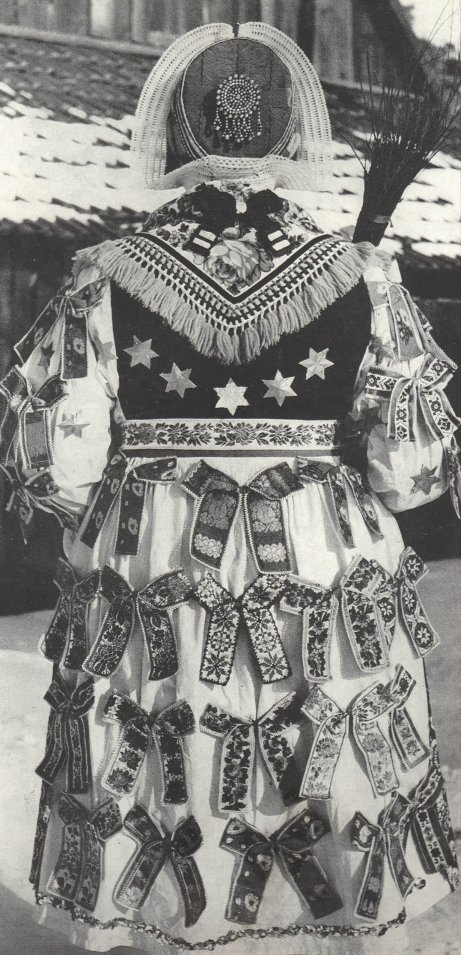
Costume of a Dźěćetko (also Bescherkind, lit. “Gift-child”, or Gotteskind, lit. “God’s child”)
In Sorbian custom, specifically in Protestant communities of Lusatia, the oldest unmarried girl in a village is dressed up elaborately, her face completely veiled in tulle, and she carries a bundle of birch branches, ribbons, sweets, and fruits. During the Christmas season or Winter Solstice she goes door-to-door with two companions and strikes houses and their inhabitants with the branches to bring them good health. She also strokes the cheeks of children and gives them sweets. In order to maintain her anonymity she does not speak.
This tradition is inscribed in Germany’s Bundesweites Verzeichnis des immateriellen Kulturerbes (Nationwide Register of Intangible Cultural Heritage).
Short stories that live in my head rent free and make me go a little crazy:
The Yellow Wallpaper by Charlotte Perkins Gilman (horror)
Lamb to The Slaughter by Roald Dahl (horror)
We Ate The Children Last by Yann Martel (satire/horror)
The Empty Prison by Matt Dymerski (horror)
The October Game by Ray Bradbury (horror)
I Have No Mouth, And I Must Scream by Harlan Ellison (horror/sci-fi)
A Good Man Is Hard To Find by Flannery O'Connor (horror)
The Last Question by Isaac Asimov (sci-fi)


INU-OH ‘犬王’ dir. Masaaki Yuasa

from Farnam's Street newsletter

Sorvagsvatn, the lake that hangs over the ocean. Faroe islands
oops! it seems i tripped and dropped several million free books, papers, and other resources
https://annas-archive.org
https://sci-hub.se
https://z-lib.is
https://libgen.is
https://libgen.rs
https://www.pdfdrive.com
https://library.memoryoftheworld.org
https://monoskop.org/Monoskop
https://libcom.org
https://libretexts.org
http://classics.mit.edu
https://librivox.org
https://standardebooks.org
https://www.gutenberg.org
https://core.ac.uk
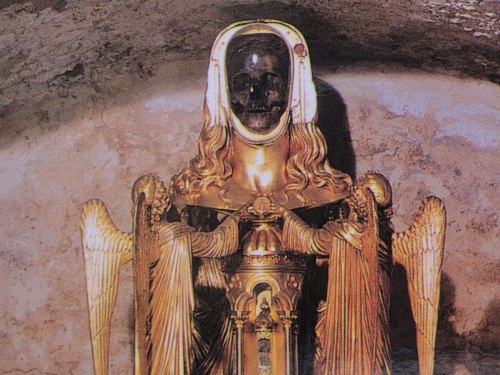
The skull of the Magdalene at St Maximin in France

Nuu-chah-nulth tribal member wearing fringed chilkat blanket and thick neckring which is emblematic of the individuals ties to a local secret society known as the hamatsa. The mask being worn represents a recently deceased family member who had been a shaman. The Nuu-chah-nulth were one of the few indigenous peoples on the Pacific Coast who hunted whales. Whaling is essential to Nuu-chah-nulth culture and spirituality. It is reflected in stories, songs, names, family lines, and numerous place names throughout the Nuu-chah-nulth territories. From earliest contact with European explorers beginning with the invasion of Captain Cook in 1778, more than 90% of the Nuu-chah-nulth died as a result of infectious disease epidemics, namely malaria and smallpox.




acceptable christmas party attire

Romanian Bear Dance
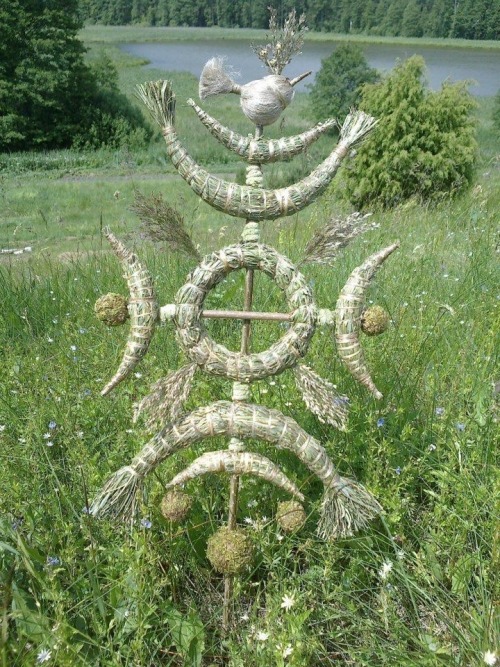



Lithuanian grass weaving by Giedrazole Gie
It still astounds me that people take the true fact that old or sick wolves will wander away from their pack to die as some kind of indication that wolves are cold and unfeeling.
It's an act of self-sacrifice. Wolf packs will do almost anything to help their sick or infirm - they will literally put themselves in danger to help the ones they love! The sick and elderly wolves don't wander away from their packs because their packs threw them out, it's explicitly the opposite - their pack won't abandon them! The only option is to force the issue by wandering away from the pack and not coming back.
I can't imagine how much love it would take to leave your family behind and d let yourself die alone because you'd become too sick for them to look after, and you know they'd never abandon you.
And you know what? Sometimes they don't die. Sometimes they start feeling better - the sickness recedes, or the elderly get a second wind - and they come back! They come back, and their pack is overjoyed to see them again. Wolves mourn, and wolves experience relief as well.








[Image ID:
A picture that says “A student once asked anthropologist Margaret Mead, “What is the earliest sign of civilization? The student expected her to say a clay pot, a grinding stone, or maybe a weapon.
Margaret Mead thought for a moment, then she said, “A healed femur.”
The second picture is a news headline. It is bolded and a much larger font. “27-year-old who couldn’t afford $1,200 insulin copay dies after trying cheaper version.”
The third picture is the same font and size as the Margaret Mead quote. It’s a continuation. It says, “A femur is the longest bone in the body, linking hip to knee. In societies without the benefits of modern medicine, it takes about six weeks of rest for a fractured femur to heal. A healed femur shows that someone cared for the injured person, did their hunting and gathering, stayed with them, and offered physical protection and human companionship until the injury could mend.”
The fourth picture is another headline. It is in a large and bolded type. “Dying man who couldn’t afford to go to hospital after vomiting blood"
The fifth picture is a screenshot of the Margaret Mead story.
Mead explained that where the law of the jungle—the survival of the fittest—rules, no healed femurs are found. The first sign of civilization is compassion, seen in a healed femur.
The next screenshot is of a slightly different font. The letters are pointier and the lines are a little curvier. It says, “Susan Finley returned to her job at a Walmart retail store in Grand Junction Colorado, after having to call in sick because she was recovering from pneumonia.
The day after she returned, the fifty three year old received her ten year associate award — and was simultaneously laid off, according to her family. She had taken off one day beyond what is permitted by Walmart’s attendance policy.
After losing her job in May 2016, Finley also lost her health insurance coverage and struggled to find a new job. Three months later, Finley was found dead in her apartment after avoiding going to see a doctor for flu-like symptoms.
A screenshot of a bold, bigger headline. It says ‘The house always wins’: Insurers’ record profits.
A final screenshot of smaller text with a slightly gray background. It says “We are at our best when we serve others. Be civilized.” /end ID.]


WHITE MAHAKALA LATE 18TH CENTURY-EARLY 19TH CENTURY
This painting of the six-armed, white form of Mahakala shows the wealth deity holding in his main hands a wish-granting jewel and a skull cup containing a vase filled with various jewels. Immediately above him is a form of Buddha Vajradhara specific to practices associated with this wealth deity, holding a triple jewel and a mongoose, imagery also associated with wealth in the Tibetan Buddhist tradition.
The back of the painting contains a pair of handprints, blessing the object. These are often made by incarnate lamas or other important religious figures as part of a painting’s consecration.
Rubin Museum of Art



via @outofoffice.network

The Orphan, c.1885 - oil on canvas. — August Friedrich Schenck (German/French, 1828-1901)

Few people had probably heard of frontotemporal dementia until earlier this year, when the family of actor Bruce Willis announced the 68-year-old had been diagnosed with the condition. Frontotemporal dementia is a rare disease – thought to account for only one in every 20 cases of dementia. Symptoms usually develop in a person's late 50s, first affecting their behaviour, personality and language ability. Unlike other forms of dementia, memory only becomes impaired in the late stages of the disease. People diagnosed with frontotemporal dementia usually die within eight years of their diagnosis. While around 30% of cases are inherited, the cause of frontotemporal dementia is largely unknown. This also means there are no cures available or treatments to slow its progression. But recent research, I have published with colleagues at Lund University, may have brought us one step closer in our understanding of how frontotemporal dementia develops and progresses. We discovered that the way your brain looks may determine your resilience to the condition.
Continue Reading.

kujawy, poland

Ariaal people, Kenya, by Carol Beckwith and Angela Fisher




Spending 8 hours in Milan for a layover included the essentials: visiting cute bookshops and looking at pretty paintings. I picked up a copy of Wuthering Heights, and related a lot to this girl in the Pinacoteca di Brera.


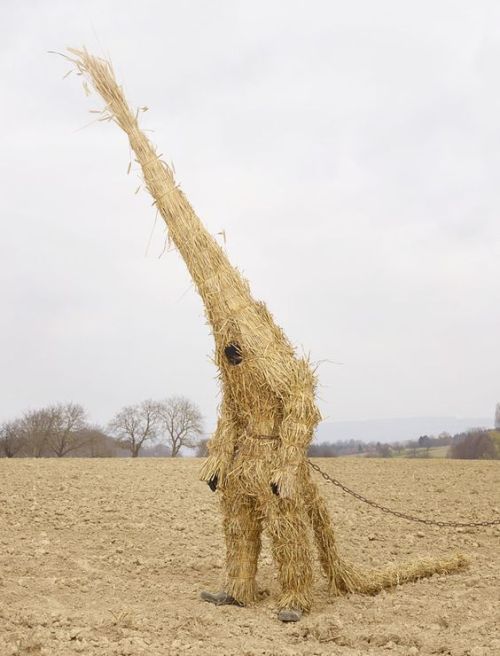
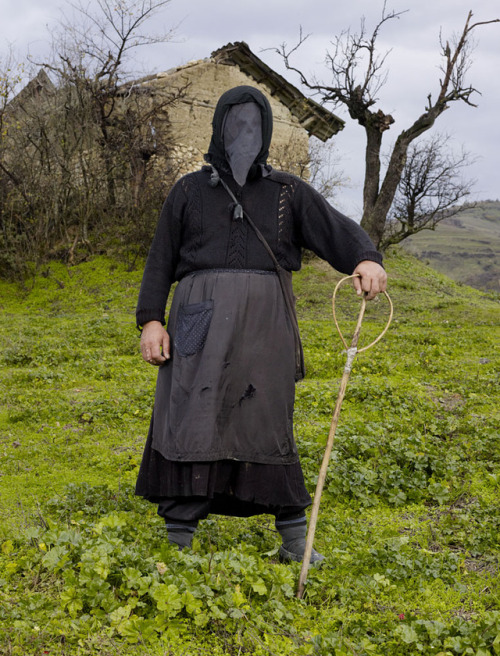
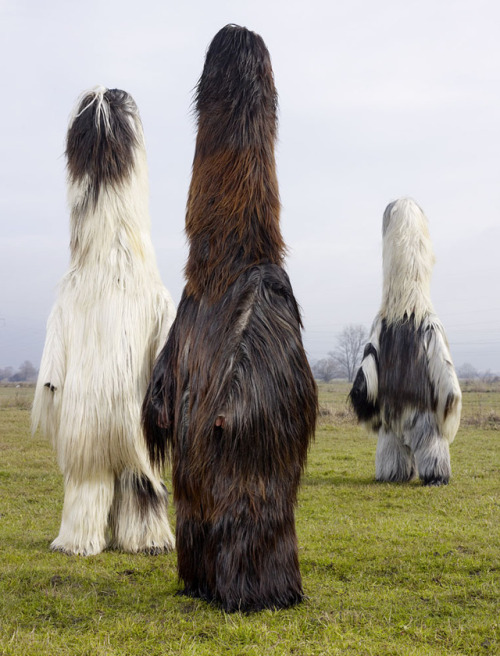
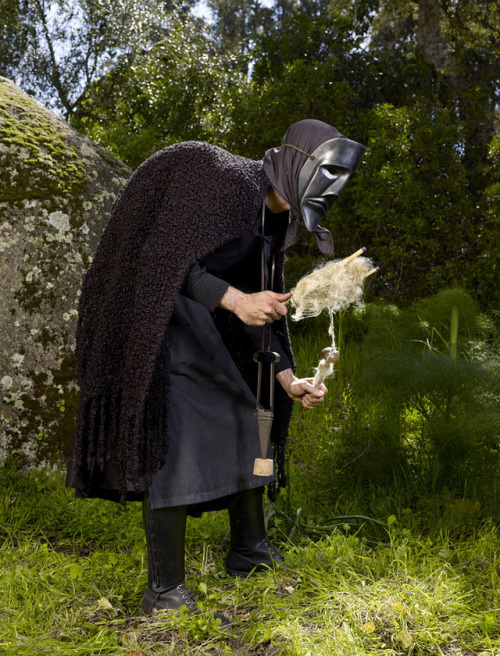
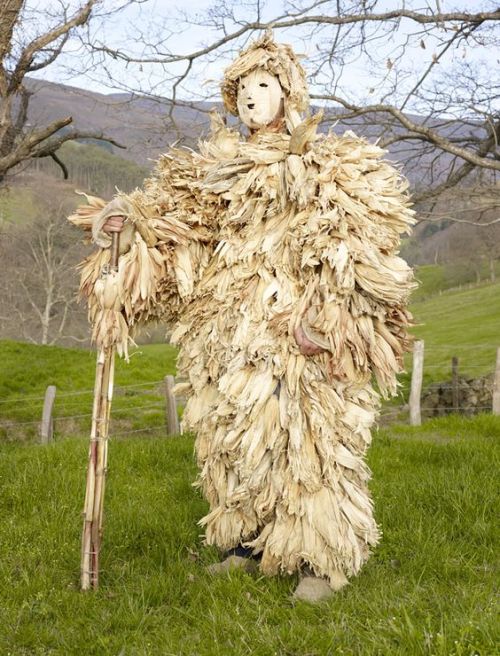
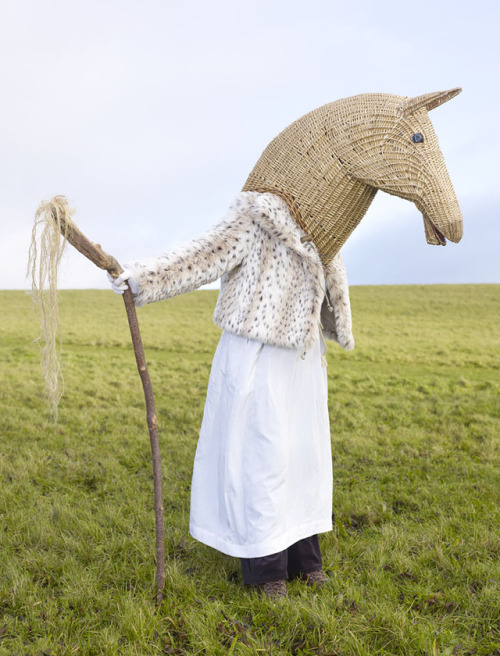
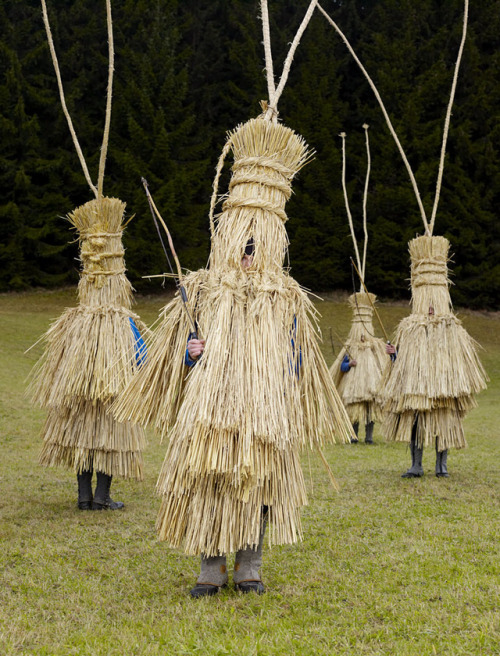
Charles Freger photographed and travelled through 19 countries to collect this stunning collection of photos of European Pagan Rituals surviving to this day.


Abandoned Tori Gate found in Japanese Tunnel
Such gates are used to mark the entrance to sacred grounds or gods' territories. "The tori gate symbolizes the division between the sacred and the profane, and is considered a spiritual gateway between the physical world and the spiritual realm."

Unangan (Aleut) child, Alaska, by Shipeshots
ok so the first calendars were lunar calendars, 28 days, and a woman's menstrual cycles are 28 days. The implications of this are staggering, like isn't it conceivable that women were the first to recognize and implement time as a concept as a matter of survival just based on having to plan for one's period every month? and her observation that the moon's phases roughly correlates to her period could be one of the earliest breakthroughs of abstract thinking. what if she believed the moon controlled her cycle? First deity, first worship. Why would prehistoric men need to conceptualize time in the sophisticated way women clearly did? Men did not need to plan for periods, pregnancy, or raising children into adulthood. They had no reason not to scamper around the wilderness pissing on trees and ejaculating into the nearest holes they can find for the rest of time because they never had to plan long-term for monthly uncontrollable bleeding and keeping infants alive for years. Why would men look at the moon's phases and see anything other than the moon's phases? He cannot biologically realize how the moon is intrinsically connected to him, how he and time are intertwined, how one is all.
We are the timekeepers. This blood built society.

Wolf skeleton dressed as a warrior, found with an atlatl, gold disk, and shell necklace. Found in an offering at the Templo Mayor, Mexico City. Aztec. Late 15th century.
https://twitter.com/friel/status/1199144334911791104/photo/1
